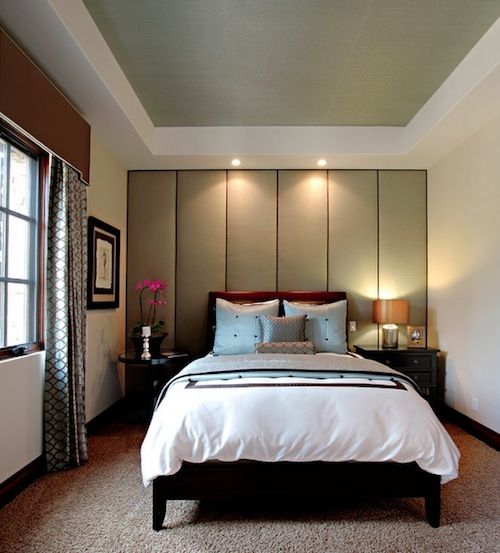

Noise traveling between rooms can be a significant source of frustration and disruption. Are you tired of unwanted sounds echoing through your home? Affordable soundproofing offers a practical way to control noise transmission, creating a more peaceful living environment. This guide explores various affordable solutions to manage the issue of noise traveling between rooms. We will discuss practical methods to minimize the problem, making your home a sanctuary of calm and tranquility. We’ll explore various affordable techniques, from simple DIY solutions to cost-effective materials, and provide detailed guidance on implementing them in your home.
Identifying the Sources of Noise Transfer
Understanding Sound Transmission Pathways
Sound travels through various pathways, including air, solid objects, and structural elements. Identifying these pathways is crucial in understanding where the noise is originating from and how it’s being transmitted. Airborne noise, transmitted through the air, is often the easiest to control. Structure-borne noise, on the other hand, travels through the building structure, such as walls, floors, and ceilings. Understanding the specifics of how noise moves between rooms is the first step to solving noise issues. Different materials have various sound transmission properties. Consider how sound moves between rooms when choosing soundproofing materials and techniques.
Simple DIY Soundproofing Solutions
Addressing Gaps and Cracks
One of the most cost-effective solutions is addressing gaps and cracks around doors, windows, and openings. Caulking gaps and sealing cracks with weatherstripping effectively reduces airborne noise transmission. Use a good quality sealant to ensure a tight seal. This is often the first and cheapest place to start when soundproofing your home. You can often find suitable products at your local hardware store.
Utilizing Sound-Absorbing Materials
Effective Acoustic Treatments
Adding sound-absorbing materials is another effective approach. Items like blankets, carpets, and curtains help absorb sound waves and lessen echo and reverberation. By strategically placing these materials, you can minimize noise reflection and improve the overall acoustic environment of the room. This is a valuable step in controlling noise travel in a house. Using soft furnishings can help reduce the sound bouncing off the surfaces.
Strategic Placement of Furniture
Optimizing Sound Absorption and Diffusion
Strategically placing furniture can also have a positive impact on noise reduction. Larger, heavier items will absorb more sound. Placing items strategically in a space can help create a natural sound buffer, reducing reverberation and bounce. Use heavier furniture, thick rugs, and sound-absorbing curtains to minimize noise reflection.
Related Post : New Fixtures Not Fitting Properly? What to Measure Before Buying
Soundproofing Walls and Ceilings
Incorporating Soundproofing Materials
Soundproofing walls and ceilings can be achieved with various affordable materials. Consider using soundproofing panels, or even hanging blankets or heavy fabrics on the walls to absorb sound. By incorporating soundproof materials, you’ll effectively reduce sound traveling from one room to the other, making the space more peaceful. Researching and implementing these solutions is a simple but important step in achieving a comfortable sound environment in your home.
Selecting the Right Soundproofing Materials
Considering Budget and Effectiveness
Choosing the right soundproofing materials is crucial. Assess the extent of noise transmission and select materials that effectively address this issue. The cost of these solutions varies greatly, from inexpensive household items to more specialized materials.
Measuring and Evaluating Noise Reduction
Assessing the Effectiveness of Your Efforts
Evaluating the success of your efforts is important. Compare the amount of noise before and after implementing your techniques. This process involves determining whether you achieved your noise reduction goal.
Integrating Soundproofing into your Design
Creating a Soundproofed Space
Integrating soundproofing into your home’s design is key to long-term effectiveness. Plan accordingly, and consider the needs of each room in your house.
Maintaining Soundproofing for Long-Term Effectiveness
Ensuring Your Soundproof Home Stays That Way
Regular maintenance is essential to maintain the effectiveness of soundproofing over time. Pay attention to any new noises or issues and address them immediately to prevent further issues and maintenance needs.
In conclusion, effectively soundproofing your home to minimize noise traveling between rooms requires a strategic approach that combines various affordable solutions. By focusing on sealing gaps, using sound-absorbing materials, and implementing simple acoustic treatments, you can significantly reduce noise transfer. Remember to assess your specific needs and tailor your soundproofing efforts accordingly. For more detailed advice or to explore professional soundproofing services, consider consulting a local expert. Don’t let noise disturbances disrupt your peace of mind; take control of your home’s acoustics with these affordable solutions. Visit our website for a wide range of soundproofing products to start creating your soundproof haven today!